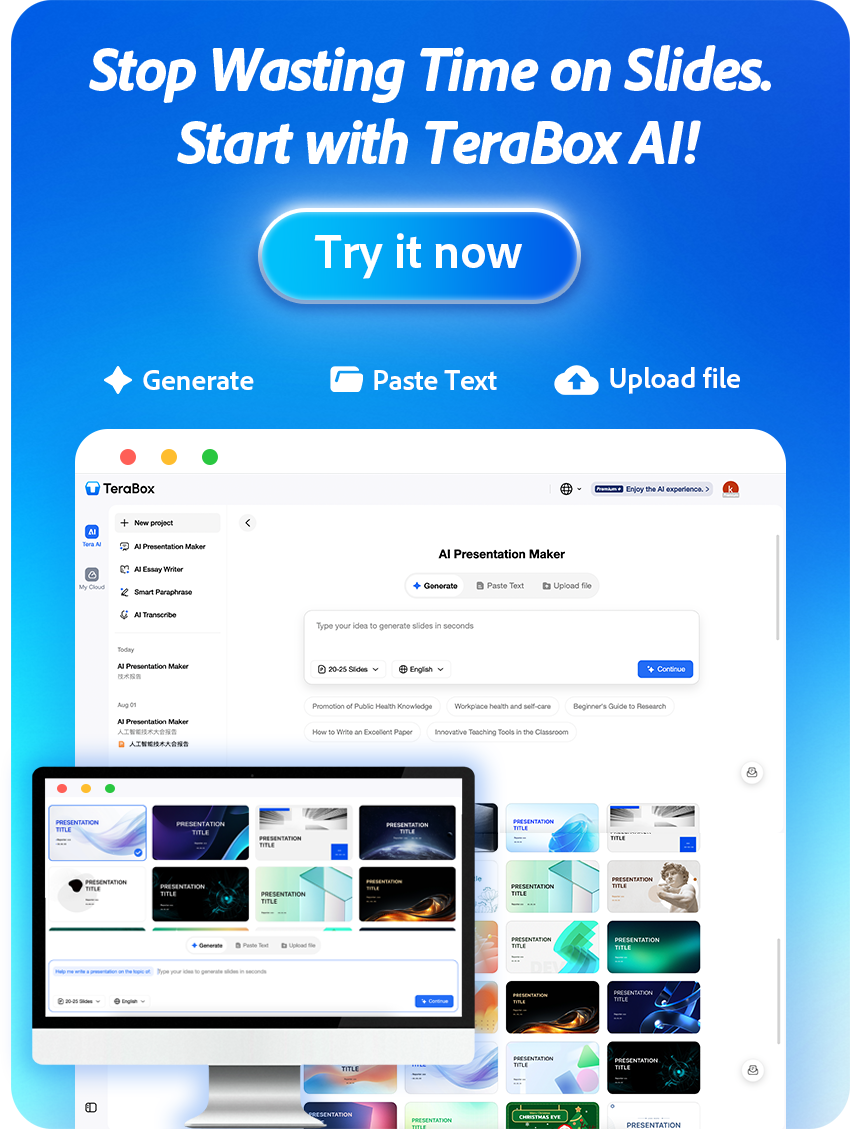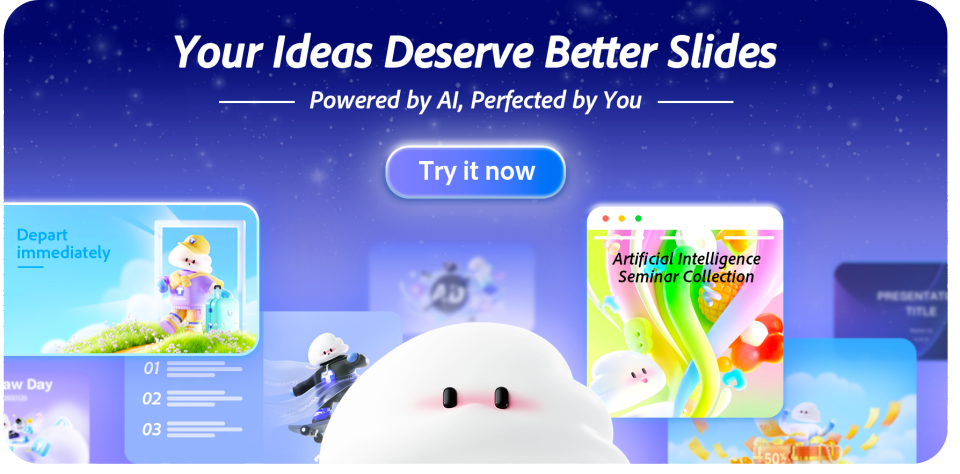Welcome to the world of AI humanizers, where innovative technology meets the art of natural language. In today’s digital landscape, you may find yourself struggling with robotic, AI-generated content that lacks a human touch. The best AI humanizer can transform your text into something engaging and relatable, all while preserving the original meaning. With the right AI to humanize content, you can enhance readability and improve audience engagement in your writing.
You may wonder how these advanced tools work and what key features make them stand out in a crowded market. In this article, we’ll explore the top choices available today and guide you on how to effectively utilize an AI humanizer to elevate your content. Whether you’re a content creator, marketer, or business professional, the best humanize AI can make a significant difference in your writing process.
In today’s digital world, AI content has transformed how information is created and shared. Yet, while these tools excel at generating text rapidly, they often miss the essential elements of natural writing. AI-generated narratives may lack the warmth, personalization, and informal tones typical of human communication. As readers increasingly seek content that engages and resonates with them, the importance of humanizing AI-produced text has never been clearer.
The reliance on AI in content creation is evident across various industries. Organizations and individuals alike are leveraging these advanced technologies to boost productivity. Nonetheless, the shift raises questions about the authenticity of the output. This is where content transformation comes into play. By employing AI humanizers, you can refine AI-generated material to embody more relatable qualities, ensuring it stands out in a crowded content landscape. This blend of technology and creativity helps forge a deeper connection with diverse audiences, enhancing their overall reading experience.
How AI Humanizers Work: Behind the Technology
Understanding how AI humanizers operate sheds light on the intricate relationship between AI technology and Natural Language Processing. These tools combine cutting-edge algorithms with advanced computational techniques to transform raw text into more fluid, engaging narratives without sacrificing meaning.
Initially, you input the text that requires reworking. The AI humanizer employs Natural Language Processing to analyze the structure, context, and tone of the text, identifying patterns that are characteristic of machine-generated language.
After the analysis, the system enters the text rewriting phase. Here, algorithms reconstruct sentences by selecting synonyms, altering phrases, and applying stylistic changes. This process ensures that the humanized output maintains the original message while presenting it in a way that feels natural to readers.
The final product emerges as an improved version of the initial text. It captures the essence of the original content, enriched with a more relatable voice that enhances reader engagement. By leveraging AI technology, these tools provide effortless solutions for anyone seeking to refine their writing without losing authenticity.
AI humanizers stand at the forefront of technological advancement, showcasing not just the potential of AI but also its limitations. Their efficacy largely hinges on the sophistication of Natural Language Processing algorithms, which continue to evolve, promising exciting developments in the realm of content creation.
Key Features to Look for in the Best AI Humanizer
When searching for an effective AI humanizer, several key features will significantly enhance your content quality. Identifying these elements can ensure that the tool you choose meets your expectations for a human-like tone and seamless integration of your ideas. Below are some essential features that define a high-quality AI humanizer.
1)Accuracy in preserving meaning while sounding natural.
One of the foremost features to consider is the tool’s accuracy in maintaining your original meaning while enhancing the text’s natural flow. A premium AI humanizer ensures that the intent and nuances of your content remain intact. Without this accuracy, messages can become lost or misinterpreted, ultimately undermining your content quality.
2)Multiple tone options (casual, professional, friendly, storytelling).
Different audiences respond to various tones of voice. A versatile AI humanizer offers multiple tone options, allowing you to adjust your content style according to your target demographic. This range can include casual, professional, friendly, or storytelling tones. Such flexibility aids in achieving that necessary human-like tone and helps engage readers more effectively.
3)Ability to bypass AI detectors without sounding forced.
An essential capability in today’s digital content landscape is an AI humanizer’s ability to bypass AI detection algorithms. This feature ensures your content appears authentic without mechanical phrasing. A human-sounding output promotes higher engagement rates and retains the reader’s attention while keeping your writing’s integrity intact.
4)Fast rewriting, long-text support, and export options.
Efficiency is crucial for content creators. Look for an AI humanizer that provides fast rewriting capabilities and supports lengthy texts. The ability to export files in various formats enhances user convenience. These features not only streamline your writing process but also contribute to producing high-quality content without unnecessary delays.

Best AI Humanizer Tools Compared
When considering the top AI humanizers, you have a plethora of options to choose from. Each tool comes with unique features that cater to different content needs. This tool comparison will help you understand the distinctive advantages of popular options like Grammarly, QuillBot, and StealthGPT.
Grammarly excels in offering a user-friendly interface along with advanced grammar checking. It ensures high content quality by providing suggestions that enhance sentence structure and readability, which can be perfect for professional needs.
QuillBot is known for its paraphrasing capabilities. It allows for multiple writing styles and is great for users wanting to experiment with a varied tone. This flexibility can significantly improve content quality while maintaining the message’s core essence.
StealthGPT features a unique approach to detect and bypass AI content detectors. This tool is ideal if you are looking to produce content that feels genuinely human, minimizing the chances of detection by algorithms.
The following table provides an at-a-glance overview of these tools, comparing their functionalities:
| Tool | Features | Usability | Pricing |
|---|---|---|---|
| Grammarly | User-friendly, grammar check, tone adjustment | Intuitive interface, easy to integrate | Free & Premium options |
| QuillBot | Paraphrasing, tone choices, summarization | Flexible, ideal for creative writing | Basic free plan, premium subscription |
| StealthGPT | Bypass AI detection, tone customization | User-friendly for all levels | Monthly subscription, competitive pricing |
With these top AI humanizers at your disposal, you can choose the tool that best aligns with your content quality objectives and individual requirements.

How to Use an AI Humanizer Effectively (Beginner Tutorial)
Learning to use an AI humanizer can transform your content significantly. This tutorial will guide you through the steps necessary for effective humanization of AI-generated text. By harnessing the power of using AI tools and understanding the humanization process, you can achieve polished and engaging content.
1)Step-by-step guide for transforming AI content into natural text.
Start by selecting an AI humanizer tool that fits your needs. Input your AI-generated text into the designated field. Follow the prompts to adjust settings or select features that suit your desired output. Finally, run the tool to generate the humanized text.
2)Tips on adjusting tone while keeping meaning intact.
To adjust tone effectively, examine the initial text. Determine whether the style should be casual, professional, or friendly. Make necessary adjustments in the tool, ensuring that the overall meaning remains unchanged. This attention to detail enhances readability and retains the essence of the original content.
3)How to improve accuracy by using short chunks or structured paragraphs.
Breaking your text into shorter chunks or well-structured paragraphs allows the tool to better understand context. This method supports the humanization process and leads to more accurate content rewriting. Experiment with different lengths and structures to see what works best for your specific text.
4)When to mix human editing with AI polishing.
While AI humanizers can produce impressive results, combining their output with human editing often enhances quality. Review the final product for nuances that only a human can catch. This collaborative approach provides a polished finish and ensures that the text resonates authentically with your audience.

Humanized Content Examples (Before & After)
In this section, you will discover clear content transformation examples that showcase the effectiveness of AI humanizers. By examining both robotic AI text and its humanized counterpart, you can appreciate the differences in tone and flow. This comparison highlights how transforming AI-generated text leads to improved readability and emotional engagement.
1)Show robotic AI text before humanization.
The following example demonstrates the initial robotic AI text:
| Original AI Text |
|---|
| The results of the experiment show that achieving success is difficult. Individuals face many challenges. These challenges require careful consideration. |
2)Show natural rewritten content after using an AI humanizer.
Here’s a humanized version of the same text:
| Humanized Text |
|---|
| Success doesn’t come easy. Everyone encounters hurdles that must be tackled with thoughtfulness and care. |
3)Explain what changed and why it improved tone, clarity, and flow.
The transformation from robotic to humanized text involves several key changes. The humanized version adopts a more conversational tone, enhancing emotional engagement. Phrases are simplified for clarity, allowing the message to resonate with the audience more effectively. This shift in style exemplifies the power of AI humanizers in creating relatable, humanized text. Writing comparisons like these reveal how important adjustments can yield better overall impact.
When Should You NOT Use an AI Humanizer?
Using an AI humanizer can enhance the naturalness of content. Yet, specific scenarios may call for caution to ensure that you do not compromise quality or integrity. The following sections outline situations where the inappropriate usage of an AI humanizer could lead to issues, particularly concerning academic integrity and content precision.
1)Academic essays requiring originality verification.
A critical area where using an AI humanizer may not be advisable is in academic writing. Essays often require strict adherence to originality to maintain academic integrity. Professors and institutions frequently use plagiarism detection tools, expecting students to submit work that reflects their thinking. Relying on an AI humanizer might distort the original thought process and lead to unintended consequences regarding originality assessment.
2)Highly technical or legal content where precision is critical.
Certain forms of content must adhere to high standards of precision, especially in technical fields and legal documentation. In these cases, even minor changes could alter the intended meaning or result in legal liabilities. Utilizing an AI humanizer could introduce risks of inappropriate usage by misrepresenting critical terms or concepts that demand exact wording and context.
3)Certain brand-voice situations where manual editing is necessary.
Maintaining a specific brand voice is vital for effective communication with your audience. An AI humanizer may struggle to capture the nuances necessary to reflect your brand accurately. Manual editing ensures that your content aligns with your established voice, fostering a strong connection with your audience while emphasizing brand identity.
Benefits of Using the Best AI Humanizer for SEO & Content Marketing
Utilizing a top-tier AI humanizer can significantly enhance your strategies in content marketing while improving SEO benefits. By converting robotic-sounding AI-generated content into natural and relatable language, you foster a deeper connection with your audience. This transformation not only captivates readers but also encourages them to stay longer on your page, effectively decreasing bounce rates.
1)Better engagement and lower bounce rates.
Engaging content plays a crucial role in keeping readers invested. When language feels relatable and authentic, it captures attention better. This kind of audience engagement makes visitors more likely to explore additional pages on your site or return in the future.
2)More natural keyword integration.
Seamless keyword incorporation enhances your text’s overall readability. An AI humanizer enables you to adeptly weave SEO keywords into the content without compromising flow. When keywords fit smoothly into the narrative, they serve dual purposes: improving visibility on search engine results and maintaining reader interest.
3)Content that passes AI detection tools.
Content that appears too robotic may trigger AI detection systems, which can hinder your articles from achieving wider outreach. A well-humanized piece successfully navigates these hurdles, increasing the likelihood of publication and greater acceptance among your target audience.
4)Improved readability and audience trust.
When your content reads easily, it fosters trust with your audience. Clarity and simplicity in writing establish authority and credibility, encouraging readers to return as they recognize your commitment to quality. Trust is an essential factor in successful content marketing, leading to loyal followers and increased interaction.
Common Mistakes to Avoid When Humanizing AI Content
In the quest for creating natural and engaging content through AI humanizers, various pitfalls in humanization can arise. Understanding these common mistakes will help ensure quality assurance in your writing. Let’s examine some of the key writing errors to avoid when employing these tools.
1)Over-rewriting that changes the meaning.
One of the frequent traps is over-rewriting content. While striving for a more natural tone, some users inadvertently alter the original meaning, leading to significant miscommunications. Keeping the core message intact is essential for maintaining clarity.
2)Using overly complex vocabulary to appear “human.”
Another mistake is the incorporation of complicated words that don’t align with the original tone. This approach may come across as forced and can detract from authenticity. Natural language should be the priority to genuinely resonate with your audience.
3)Not reviewing tone consistency after humanization.
Failing to review the tone consistency is a critical oversight. The final output should reflect a unified voice, preserving the character throughout the content. Inconsistent tones can confuse readers and affect their engagement.
4)Ignoring brand voice guidelines.
Adhering to brand voice guidelines is essential in any content creation process. Neglecting these guidelines can result in writing that strays from the established identity of the brand, undermining trust and recognition.
| Mistake | Description | Impact |
|---|---|---|
| Over-rewriting | Changing the original meaning. | Miscommunication |
| Complex vocabulary | Using terms that do not fit the context. | Lack of authenticity |
| Tone inconsistency | Inconsistent voice throughout the text. | Reader confusion |
| Brand voice violation | Not following brand guidelines. | Loss of trust |
Avoiding these mistakes will improve quality assurance in your humanized content, leading to more effective communication and stronger connections with your audience.
Conclusion
In summarizing the benefits of using an AI humanizer, it’s easy to see how these tools transform robotic text into engaging narratives that resonate with readers. From preserving meaning while ensuring a natural flow to integrating diverse tones, an effective AI humanizer can enhance both content quality and audience interaction. As you’ve learned throughout this article, the right tool can significantly elevate your content strategy.
Your journey towards connecting better with your audience has never been easier, with the wide array of AI humanizers available today. By selecting a tool that aligns with your specific content needs, you can gain substantial improvements in readability and engagement metrics, allowing your message to shine through without the hindrance of artificiality.
Final thoughts on AI humanizers emphasize their transformative potential in your writing process. Embracing these technologies can be a game-changer for your content, fostering a more personal connection with your readers, and ultimately enhancing the effectiveness of your communication. So, consider leveraging an AI humanizer to optimize your text and watch your audience engagement flourish.











